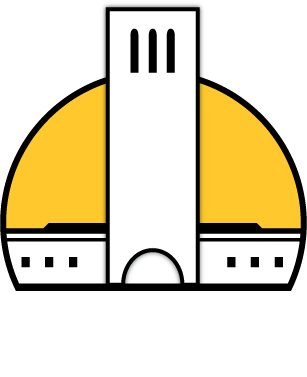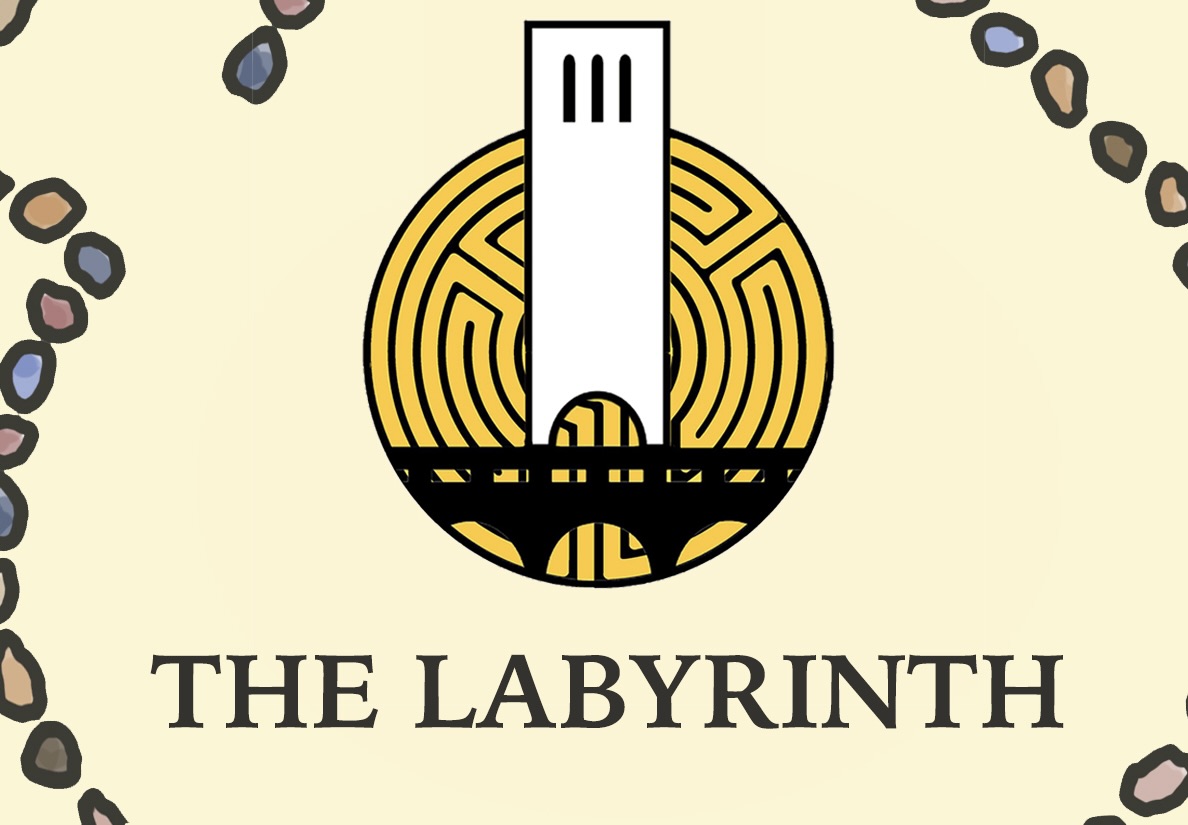A look back on notable scientific achievements from UCSB researchers during the 2023-2024 year.
UCSB Professor earns early technical achievement award
By: Nandini Kuppa

MICHELLE WU / DAILY NEXUS
In the rapidly advancing field of computer science and artificial intelligence (AI), the struggle to balance the accuracy and ability of machine linguistics has come to a head. With AI often missing the mark on replicating verbal and written human interpretations of the world, William Wang, a professor in the Department of Computer Science at UC Santa Barbara and director of UCSB’s Center for Responsible Machine Learning, took on the responsibility of developing the necessary scalable algorithms to pose a solution.
His work earned him the Institute of Electrical and Electronics Engineers Signal Processing Society’s Pierre-Simon Laplace Early Career Technical Achievement Award in April 2024, which he accepted in Seoul, South Korea.
Wang primarily focused on problems in structured learning, where multiple outputs could be created by a single data input, and continues to use logic programs to enhance this critical process in the realm of AI. Although achieving the balance between accuracy and scalability continues to be an avenue for improvement, Wang’s ingenuity in machine language models stands as a strong foundation for future research.
Cannibal cells for cancer therapy
By: Kaitlin Lee

MICHELLE WU / DAILY NEXUS
UC Santa Barbara molecular, cellular and developmental biology professors Denise Montell and Meghan Morrissey made a once in a lifetime discovery when they found the cause of a rare human disease — a gene that they also found has the potential to be used for cancer therapy.
The gene in question is Rac2, a regulator of immune cell shape and function. Montell, a Duggan Professor and Distinguished Professor at UCSB, previously studied the Rac2 gene in fruit flies 25 years ago and found that activating the gene in just a few cells of the egg chamber destroyed the entire structure. It wasn’t until this recent breakthrough that Montell found the mechanism to be cellular cannibalism: a hyperactive Rac2 causes cells to be eaten alive by other cells. Montell, Morrissey and their team showed that this hyperactivity was responsible for a human immunodeficiency disease due to the stimulation of macrophages, a type of white blood cell, to cannibalize and engulf active immune system T cells.
Morrissey had previously worked with programming macrophages to consume cancer cells, and found that adding a chimeric antigen receptor (CAR) to the macrophages increased this activity. In this study, she and her team demonstrated that CAR macrophages were significantly more efficient at “eating” cancer cells when Rac2 was hyperactive. However, active Rac2 did not increase activity of CAR macrophages when the correct receptor was not present. This is good news for clinical applications, as it provides another level of control to hopefully prevent CAR-M treatment from attacking any important immune cells, such as T cells. The discovery has potential to help find a clinical treatment that can successfully target different types of cancers.
Cargo ship speed tracking program to mitigate whale mortality
By: Katharine Chi
MICHELLE WU / DAILY NEXUS
UC Santa Barbara students have created a vessel tracking tool which tracks the near real-time movement of cargo ships and North Atlantic right whales going up and down the North American East Coast. The vessel analytic tool is a pivotal part of the Whale Safe program that was developed by the UCSB Benioff Ocean Science Laboratory. Whale Safe merges whale tracking, blue whale habitat modeling and reports from citizen scientists in the Santa Barbara channel, with the tools already being used to track vessels and prevent collision between the two.
The mass implementation of the vessel monitoring tool and the efforts behind Whale Safe were led by UCSB associate professor and marine ecologist Douglas McCauley. Ship strikes are one of the major causes of whale killings on both the East and West Coasts of North America. By allowing resource managers, conservationists, shipping companies, retailers and the general public to see the location and speed of cargo ships as well as the traveling paths of whales, the tool helps users gain an understanding of ocean traffic and vessel speed limit zones.
The North Atlantic right whale is a highly endangered species as there are approximately only 350 left in the world, and many of them are dying due to ship strikes. This tool provides transparency and places accountability to shipping operations, which ultimately helps mitigate whale mortality rates. The data also helps scientists and researchers determine where to allocate resources. The goal is to promote awareness of the whales as they intersect with the world’s busiest shipping routes during their own migrations and encourage slower vessel speeds in these zones. Since Whale Safe has been implemented in the Bay Area in 2022, there has been a decline in whale-ship collisions along the West Coast.
Coastal monitoring app
By: Olivia Lohrer

MICHELLE WU / DAILY NEXUS
You may have seen it if you’ve recently found yourself over by East Campus Beach: a small sign inviting you to scan a QR code, take a picture, and upload it to the CoastSnap app. Our campus is home to the first installation of the CoastSnap Project in Santa Barbara County.
The CoastSnap app was developed by researchers in Australia hoping to monitor how coastlines change over time. Typically, long-term and continuous documentation can be a challenge when monitoring the complex geological and climatological processes that impact a specific place. CoastSnap, however, is revolutionizing how this qualitative data is collected through “low-cost” “citizen science,” where the average beach goer gets an opportunity to participate in this essential research with a tool that they are already likely to be carrying–their smartphone.
East Campus Beach is an optimal location for a CoastSnap station for a couple of reasons. First of all, it is a high-traffic area that students and campus non-affiliates enjoy frequently. Furthermore, East Campus Beach is regarded as an especially “dynamic” stretch of coastline. Tide fluctuations are dramatic: low-tides allow for a walk on the sandy beach, while high tides often reach the bluffs and submerge the bottom of the staircase underwater, making the beach impassable. Continual photographic data can help clue scientists in to how the tides are changing over the long-term as a result of sea level rise. Changing tide patterns also have important implications for bluff erosion, which currently poses a challenge for the university.
UC Santa Barbara marine researcher Kyle Emery is currently working on expanding CoastSnap spots along California’s coastline. Additionally, he is working to establish a website that displays all the photos captured from these spots. The website would create a comprehensive visual timeline of the California coast, allowing civilians to witness firsthand how their favorite beaches are changing as a result of shifting tides, storm surges and human activity.
CoastSnap is about more than just research – it is a community-driven approach to engaging a wider public in environmental monitoring and alerting them to the fragility of our coasts.















